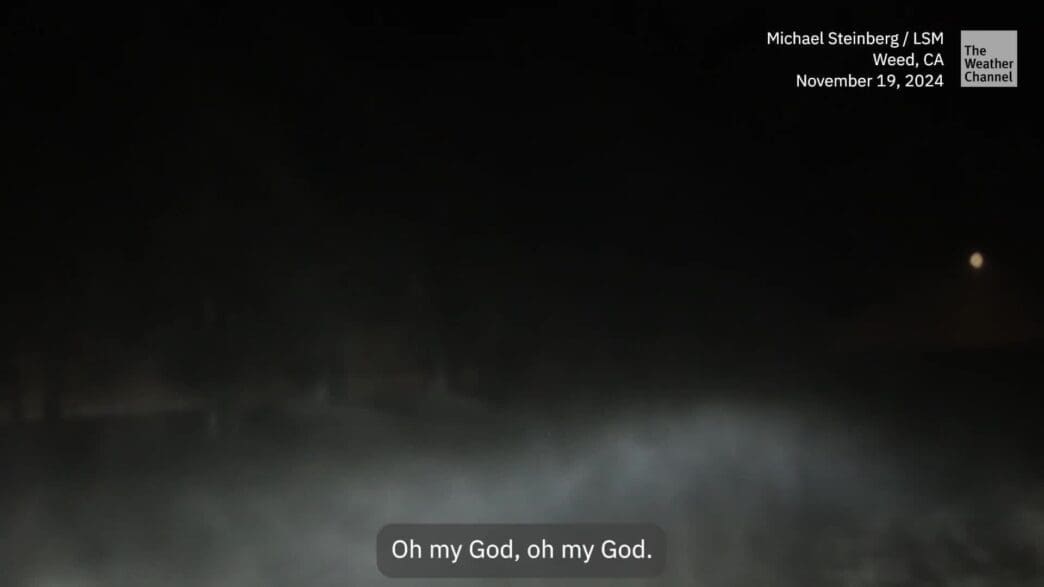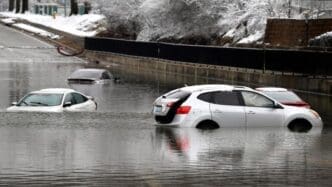An overnight combination of heavy snowfall and strong winds severely disrupted traffic along major highways in Northern California’s mountainous regions. This weather calamity stems from a bomb cyclone entwined with an atmospheric river, simultaneously affecting areas in Oregon and Washington.
In Northern California, travelers faced significant challenges as heavy snow and fierce winds rendered highways impassable. The severe weather conditions caused extensive road closures, complicating movement throughout the impacted regions. The main factor behind this upheaval is a bomb cyclone, a powerful weather system characterized by rapid intensification.
Adding to the complexity, the bomb cyclone also ferried an atmospheric river— a concentrated plume of moisture— into the region, exacerbating snowfall and wind conditions. As a result, residents and commuters experienced treacherous travel scenarios, with reduced visibility and hazardous driving conditions across several routes.
This atmospheric event marks the beginning of what meteorologists forecast as a series of disturbances likely to affect the western United States, including parts of Oregon and Washington. Authorities have urged caution, advising against non-essential travel and suggesting that those in affected areas stay informed via local news updates.
Meteorologists emphasize the unusual nature of these weather phenomena converging at this time of the year, noting the potential for increased instances of such patterns due to broader climatic shifts. The impact of the current system serves as a reminder of the need for preparedness in the face of extreme weather events.
As Northern California grapples with the fallout from this bomb cyclone and atmospheric river duo, communities are reminded of the importance of staying vigilant and prepared for sudden weather changes. With potential further disruptions forecasted, safety remains a priority to minimize the impact on daily life.
Source: Weather








